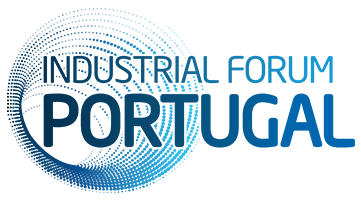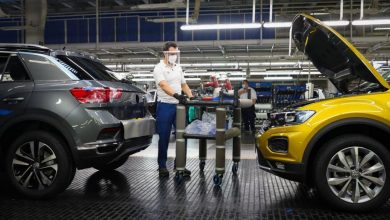
Post-Process Measuring Challenges In Changing Automotive Industry
Q: Blum-Novotest has manufactured post-process measuring machines for the automotive industry since 1983. How have the market requirements changed since then?
A: Our measuring machines are part of the production lines, so changes in the machining centers often impact our area of responsibility directly. In particular, the continuous reduction in cycle times, but also the ever-decreasing tolerances are challenges that we must solve. Where workshop drawings previously specified tenths or at most a few hundredths of a millimetre, today’s requirements are in the single-digit micron range. Another key aspect is repeatability, which means the ability to investigate the 5th or 5000th workpiece in a reproducible manner. Ultimately, all these measured results must also be documented with a link to the workpiece. Alongside these technical requirements, there is the need for high flexibility in terms of type diversity as well as a long and functionally reliable service life – all at the lowest possible purchase price. The advent of electric mobility means that the deck is being reshuffled…
Q: How does electric mobility influence the requirements placed on your post-process measuring machines?
 Q: Your measuring machines are critical pieces in the closed control loop jigsaw. What tasks does a brake disc measuring machine perform?
Q: Your measuring machines are critical pieces in the closed control loop jigsaw. What tasks does a brake disc measuring machine perform?
A: In addition to purely geometric properties such as length, height, diameter, etc., shape and position features are very important nowadays. The circular shape of diameters, run-outs to reference axes or surfaces and, especially for the brake disc, the dynamic thickness variation (DTV) of the friction ring, are much more frequently required today than in the past. For several years now, the measuring machine has also been required to cover and document crack detection, natural frequency testing or the testing of special coatings on the friction ring of the brake disc. The correction interface to provide feedback to the production machine in a closed control loop – currently a buzzword in the context of Industry 4.0 – has long since been an available standard at Blum-Novotest. This transforms the measuring machine from an individual station to a dedicated but fully networked system in the production line.
Q: What role does the measuring and evaluation software M4P unveiled last year play in this context?





